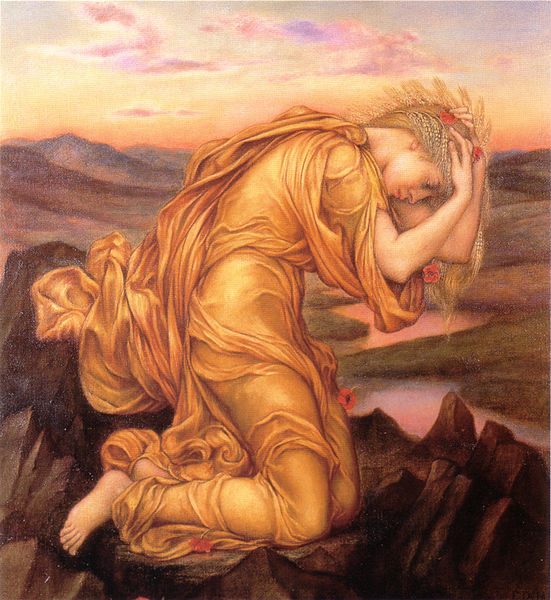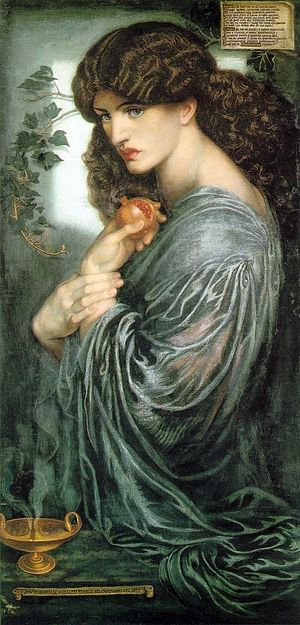
Figure 1. Evelyn de Morgan, Demeter mourning Persephone, oil on canvas, 49 x 44 cm, The De Morgan Centre, London
Three Paintings of the Rape of Proserpina
(Author's note: Click the paintings for to enlarge)
 |
Figure 1. Evelyn de Morgan, Demeter mourning Persephone, oil on canvas, 49 x 44 cm, The De Morgan Centre, London |
 |
Figure 2. Dante Gabriel Rossetti, Proserpine, oil on canvas, 125.1 x 61cm, Tate Gallery, London |
 |
Figure 3. Frederic Leighton, The Return of Persephone, oil on canvas, 203.2 x 152.4 cm, Leeds City Art Gallery, Leeds, UK |
Works Cited
Newall, Christopher. The Art of Lord Leighton. London: Phaion Press Ltd, 1990. Print.